Check me out on: My Patreon | Sign Up for My Newsletter | Instagram | Facebook | Twitter | Flickr | 500px | Google+ |
The Zeiss Batis series has been a serious treat for Sony FE shooters. The idea of having Zeiss optics in compact, weather sealed bodies with autofocus was one of the most compelling arguments for me to personally add Sony bodies to my own kit. I’ve spent time with 3 of the Batis lenses, including the 18mm, 25mm, and 135mm lenses. The 85mm is on my agenda for when I do an 85mm shootout on Sony. If the Batis lineup was missing anything, however, it was something in the “normal” range. Conventional wisdom would be a 50mm lens, but Zeiss has shot for slightly unconventional instead by releasing a 40mm F2 lens instead. The Zeiss Batis 40mm F2 Distagon CF adopts a hybrid focal length that in many ways covers both the 35mm and 50mm focal lengths. The Batis 40 also has a secondary trick up it’s little sleeve in the form of its close focus (the CF in the name) and a unusually high magnification figure for such a lens. In some ways this lens is the closest equivalent to the 50mm Makro-Planar in the Batis lineup because of the macro(ish) potential.
The Batis 40 will fight the traditional battle of Zeiss lenses: is the cost justified? Like other Batis (or Zeiss lenses in general), the Batis 40mm comes to market with a premium price attached to it. At $1299 USD, the Batis 40 splits the price of the 55mm F1.8 Sony/Zeiss Sonnar lens and the 50mm F1.4 Sony/Zeiss Planar lens, and I would expect both of those lenses to be considered by potential buyers of this lens. Skeptics will point out that this lens has only a moderately wide aperture to back up its premium price and will quickly point out more moderately priced alternatives. But Zeiss also has a market of buyers that feel that Zeiss’ optical performance and superior color is worth paying for.
What about those who are on the fence, however? The purpose of this review is to explore the real world strengths and weaknesses of the Batis 40mm and determine if it is the lens for you!
Prefer to watch your reviews? Check out my full video review to get all the info on the Batis 40!
Batis 40 Build, Design, and Handling
The best way to get the details of this lens is by checking out my hands on video below. It will take you up close the lens and demonstrate all of its features.
The Batis 40 will have a fairly familiar appearance to anyone who has used other lenses in the series. It’s a handsome lens that has a familiar Zeiss look save the materials are engineered plastics (to keep the weight down) instead of the metal alloys common to many Zeiss lenses. The lens is on the small side of medium 3.58” (91mm) in diameter and is 3.66” (93mm) in length. The weight is a fairly light 12.73 oz (361g). The filter thread is a common 67mm. It comes standard with a fairly substantial lens hood.
One hallmark of all the Batis lenses is the OLED display on the lens barrel that serves as a replacement for a typical distance window. There are no distance markings on the barrel, which is typical for mirrorless autofocusing lenses due to manual focus being “focus by wire”. All focus input on the manual focus ring is routed through the autofocus motor of the lens, and it is actually the focus motor, not the ring, that moves the elements. Because there is no mechanical connection to the lens elements, there is no fixed position for the focus ring, and thus no traditional focus distance information. Most mirrorless lenses force you to rely on focus information in the camera body, but, as mentioned, the Batis 18mm has an OLED screen that can display this information instead. When the camera is turned on the OLED will flash the word “Zeiss”, and then what information that is further displayed there will depend on what mode you put it. Out of the box it will mostly stay dark unless you are in manual focus mode, when it will display actual focus distance as a numerical value (in meters [up to two decimal points] or feet), which is very handy and arguably more useful than a traditional focus window.
The usefulness doesn’t end there, however. If you put the camera in MF mode and then turn the manual focus ring to the left past minimum focus 360 degrees you will enter into the control for the OLED. You have three options there: ON, MF (Default Position), and OFF. In the ON position it will show the focus distance even in AF mode. If you put the camera in MF mode and twist the focus ring to the right for a while it will allow you to switch the readout to measuring in feet rather than meters. You might argue that this is of minimal value, but when you consider that many mirrorless lenses lose any kind of distance window, I think that this is one of the beneficial hallmarks of the Batis line that remains fairly unique (I’ve seen a couple of Canon lenses with something similar).
The Batis series does employ weather sealing to help enable photographers to keep shooting when the weather turns a little inclement.
There is a single switch on the lens barrel, and it is actually a focus limiter. It’s a wise inclusion, as lenses that can focus down very closely have an extended focus throw that can be a liability when you don’t need the close focus abilities. I owned Tamron’s 45mm F1.8 VC lens for Canon for several year (in some ways a similar lens), and I always lamented the fact that it didn’t include a focus limiter.
As noted, the Batis 40 can focus unusually close (9.45″ / 24 cm) giving it a much higher-than-average reproduction ratio of 1:3.3 (a 0.30x magnification figure, or nearly one third life size). I love lenses like this, as I feel that it really enhances the versatility of what you can do with the lens.
Close focus comes with a few quirks, one of which becomes apparent when reading user reviews. I’ve seen complaints about the lens not “actually being F2” at close focus distances…and that’s true, but only true in the way that no macro lens retains its maximum aperture at close focus distances. The nature of physics means that less light reaches the sensor at macro distances, resulting in an effective aperture change (an F2.8 macro lens might behave more like an 5.6 lens at minimum focus). With most lens/camera combination this is masked because the stated aperture does not change. Unlike most macro lenses, however, it seems like the Batis 40 retains this aperture shift at a little further distances. It’s as if the aperture doesn’t open back up when it should. I mostly notice this because you can see the aperture blade shapes even at “F2” at relatively long distances (as much as 5 feet or so). In these photos, for example, you can see the nonagonal shape of the aperture blades in these bokeh highlights.
This threw me initially, as whether aperture blades are rounded or not (Zeiss lenses typically don’t have rounded blades), one doesn’t see them at maximum aperture because they are fully retracted at maximum aperture (F2, in this case). The fact that I can see the aperture blades tells me that the aperture blades are not fully retracted…which means that the functional maximum aperture is not F2 at that distance.
In this photo (shot about 10-12 feet away), you can see that the bokeh circles are perfectly round, meaning that the aperture blades are fully retracted.
If I physically inspect the aperture at close focus, and compare it to an aperture value selected at infinity, it looks like the F2 aperture closes to about F3.5 at minimum focus. At 5-6 feet, the aperture is roughly F2.2, and beyond that it fully opens (somewhere around 8 feet and beyond). It’s slightly strange behavior in my experience, and not one that I’ve seen with other Batis lenses. My guess is that it is attached to the close focus abilities of the lens itself. There’s only serious downside, and that is that the aperture blades are not curved, meaning that starting at F2.2 you can slightly see the shape of the aperture blades. Some people don’t care about this; others strongly care. If you are shooting at close focus distances, you will see aperture blade shape if you have bokeh highlights. The upside is that this can only be seen with very bright circular highlights (like the Christmas lights I’ve shown). If you look very, very carefully, the same thing is happening with this shot of an organ keyboard, but because the highlights aren’t as bright and isolated, you really can’t tell. I think the image actually looks great:
Some viewers have informed me that they have contacted Zeiss about this issue and been told that a firmware update will be released to address this. Note, however, that this will address the tendency to keep the aperture closed down a bit, but can’t address the reality of physics at near-macro distances. I think Zeiss could have avoided this issue altogether by making the aperture blades more rounded (I’ve long noted that Zeiss lenses’ aperture show a non-circular shape far too soon for my tastes when stopped down). Even if the lens stopped down a little, the bokeh highlights would have remained circular.
At the same time, these “floating elements” allow for impressively strong performance at close focus distances. While not a macro lens, the Batis 40 is “macro-sharp” with the fine details. Look at a crop from this photo…no-CA, great sharpness and contrast, and a very impressive result.
The lens barrel has a black anodized satin finish that is very handsome. The lens hood has a different material (plastic vs lightweight metal alloy), and, while the finish of the two isn’t a perfect match, it’s fairly close. The small, tasteful Zeiss badges on either side are an elegant touch. The front façade of the Batis lenses look nice but not quite as attractive as the metal façade of the Loxia/Milvus/Otus/Classic lenses. The Batis lens seem to employ engineered plastics in the front faceplate.
The lens has a fairly squat profile which in some ways makes the lens look bigger than what it actually is. It’s not a particularly long lens, but it is fairly wide (I’ve got the Loxia 25mm on hand for review at the moment, and the Batis looks much bigger despite only being about 18mm longer [and weighing less!])
The manual focus ring on the Batis lenses (including the Batis 40) has a smooth, rubberized texture with great grip and a moderate damping. It works well for manual focus, allowing for smooth, precise manual focus despite the “focus-by-wire” nature of the manual focus. Zeiss does a great job with maintaining quality manual focus despite the transition to focus by wire. It’s not as good as true manual focus on a classic Zeiss lens but the trade off is the instantly magnified image that allows you to quickly visually confirm focus. One minor gripe about all of Zeiss’ rubberized focus rings is that they are lint magnets.
If you are familiar with the Batis lineup, then you know what to expect here. This is a nicely built lens that balances the considerations of build quality and weight/size effectively. There is nothing negative that I observed about the build other than the somewhat unusual behavior with the aperture.
Batis 40 Autofocus
The Batis 40 has a very effective, quiet autofocus system. One of the best things about the Batis series is that they pair great Zeiss optics with solid autofocus performance. The AF is very quiet in either AF-S or AF-C modes. Speed in either mode is also excellent, as is autofocus accuracy. Some have apparently reported that Eye-AF doesn’t work well with the Batis 40, but I had the opposite result. Eye-AF worked very well at all focus distances.
In AF-S mode there is a very quick pulse before focus lock. It happens in a split second, but you can see the pattern. The AF-C focus is faster still, with near instantaneous focus changes and no evidence of the pulse. This is probably because the focus system has a chance to make tiny micro adjustments even after arriving at the focus destination, whereas this isn’t an option with AF-S. I saw pulsing only in a very rare situations – specifically when focusing on a very close subject in poor lighting or with poor contrast to lock onto. Outside of that dedicated scenario, focus was very confident.
Focus changes in video mode were smooth and silent. This seems to be a good option for video work, as the near complete lack of noise means that you will have no issue with an on-board microphone picking up focus sounds. Face tracking was smooth and without the nervous hunting that sometimes affects lenses.
Eye AF also worked well (with my a7R3 body), with the lens quickly detecting the eye and tracking it in real time. Focus accuracy when using Eye AF was good.
The Batis 40 also gets high marks for being steady in video AF with a static subject (like when I do my video segments). Some lenses can’t seem to steady under those conditions, and tend pulse back and forth some. I shot a couple of segments using the Batis 40, and the face tracking was essentially flawless with no unnecessary movements.
It also gets high marks for making smooth, quiet, and confident transitions when I tested focus pulls from one focus point to another (with a Sony a7RIII). The Batis 40 settled quickly and easily on each new subject without any pulsing.
While the Batis 40 gets very high marks for its autofocus behavior during video, the focus-by-wire system is completely unsatisfactory for doing manual focus pulls using a gearing system. The problem is that the a focus-by-wire system does not produce repeatable results, so if you pull a focus lever to a specific point, it doesn’t always produce the same result depending on the speed you pull it. True accuracy with video manual focus requires repeatability. If you want a lens with precision manual control for video, the Zeiss Loxia series is a definitely a better choice. For autofocus during video, however, the Batis series is great.
There was nothing objectionable about the autofocus that I saw during my tests with the Batis 40. It behaved in a very mannerly fashion.
It’s great to have an autofocusing Zeiss lens; it’s even better to have one with great autofocus.
Batis 40 Image Quality
The Batis 40, like other Zeiss lenses, comes with a premium price tag. I make it very clear that I hold expensive lenses to a higher standard than I do inexpensive ones. There are things that you can overlook in a lens costing $299 that you won’t overlook in a lens costing $1299. The Batis 40 needs to produce optically (which it does). The best way to see how the image quality breaks down is by watching this video episode here where I interactively show (in detail) how the lens behaves.
I like to look at both the sharpness from a lens along with its overall rendering. Think of this as the balance between pixel level performance and the global “look” of images. Fortunately the Batis 40 does pretty much everything well save the somewhat odd aperture behavior we’ve already detailed. For that reason, let’s break with convention and talk about bokeh first.
I’ve already detailed what I don’t like (namely seeing the nonagonal shape even with the aperture “wide open” in close focus situations). By the way, Zeiss could have circumvented this problem by just creating more rounded aperture blades that retain a circular shape more effectively when stopped down. If they had done that, there’s a good chance that 99.5% of photographers would have never even noticed that the aperture closes a bit at close focus distances. Beyond what I don’t like, however, there is a lot that I do like. The Batis 40 delivers very soft, artful out of focus rendering in most situations. Take this close focus shot of organ keys, for example. If you look very carefully, you can see the slightest hint of the aperture shape due to the factor mentioned before, but without bright highlights to draw your attention to that, what you mostly see is a really nice transition to defocus. This is helped by the fact that the lens controls longitudinal chromatic aberrations extremely well. In this case those would mostly manifest as green fringing in out of focus areas beyond the plane of focus. They are essentially not there at all.
As a result, the bokeh mostly just looks fantastic. Likewise in this pair of images, I highlight the defocused rendering first in the out of focus background and then, in the second, in the out of focus foreground. Both look good, though I like the defocused background image more than the defocused foreground image.
Take a look at this portrait image, too, as it has more defocused area in what we call the “transition zone” (about 8-15 feet), where often bokeh starts to look busy and distracting. I don’t see any jittery behavior in the bokeh. What I see instead is that everything moves smoothly towards defocus.
The focal length and aperture is not going to be one that just “obliterates” backgrounds into multicolored cream, but rather it is going to give you a nice 3-dimensional rendering of your subject (they stand out) while keeping the background and the greater scene in context. I think the Batis 40 would be a great compliment to a longer focal length (85-135mm) in a portrait photographer’s arsenal.
If we look closer at resolution, we find that the lens is already very, very good over almost all the frame even at F2. There is a hint of lower contrast along the periphery of the image circle, but it’s not a pronounced drop off.
I should note that in this example I’ve actually turned down the amount of automatic vignette correction in Lightroom to about 35% as I feel it is far too aggressive by default. That’s something I’ve seen with previous Batis lenses. Here you can see the difference between the default correction (left) and the turned down correction on the right.
If I turn off the corrections entirely I note two things: First of all, there is essentially no correction of distortion because there is essentially no distortion. That’s a big bonus for close focus work. The second is that the natural vignette is moderate and extends a moderate amount into the frame. A manual correction to my liking required only a +28 on the vignette correction amount and a 27 value for the midpoint. The result is far more pleasing to my eye than the default correction.
Stopping down to F2.8 produces an uptick in contrast along with a very even sharpness profile across the whole frame. Image quality is already essentially perfect now.
Stopping on down to smaller apertures can be used when more depth of field is required, but is not necessary for further sharpness. Landscape images do look great, though.
I also didn’t see any kind of longitudinal chromatic aberrations during my review, either. Zeiss has managed to essentially banish traditional aberrations with this lens, which makes it extremely usable at its maximum aperture. The surface of this vintage camera is a potential hotbed for CA, but I can’t really see any:
This makes the lens an excellent choice for product or food photographer. At its close focus distances it is resolving incredibly high, and the complete control of aberrations allows it to really do a fabulous job of rendering fine details. Here’s a few examples:
That’s stunningly good. I also mention food or product photography because of the reality that often a traditional macro lens focus length (90-105mm) is a little too narrow for food or product photography. The perspective of the Batis 40 is excellent for that.
Another great application of this lens is for wedding photographers. First of all, this is a great focal length for capturing a “normal” perspective of the world that produces very relatable images because the scenes look a lot like people would see them. Here’s some “everyday” photos that demonstrate what I mean.
Secondly, however, the close focus distance abilities of the lens allow you to move from a “normal” perspective to capturing the final details on decorations, rings, shoes, etc… That means you can keep moving without wasting time switching lenses. I’m an experienced wedding photographer, and I can tell you that the Batis 40 would become a favorite tool in your arsenal if you owned it.
Flare resistance is fairly good if not perfect. At wide apertures you will see some basic prismatic veiling at the epicenter of the light source, but little evidence of ghosting artifacts.
What I did see with a side light source out of the frame was an interesting effect that looks very vintage to me. It looks a lot like the kind of effect one might add through software. Take a look at the left side of this photo to see what I mean.
I find this kind of effect very cool, actually, but that’s a matter of taste. Stopping the lens down will produce a few tiny little ghosting artifacts, but I would consider flare resistance in general to be solid.
The color rendition from the lens is very good. I find the Loxia lenses just a slight bit more “special” in their color rendition, but it’s not by much. Color from the Batis 40 is accurate and punchy, but just a hair less rich than Loxia (like the Loxia 50mm F2, for example). If you look at these images, you can see a whole lot to like!
All in all the image quality from the Batis 40 is excellent. I’ve already harped on my one objection, but, other than the price, I have nothing else to complain about. Here’s a couple more photos, but I would recommend that you visit the Lens Image Gallery here to see a lot more photos than this review allows me to share.
Conclusion
There’s no question that the Zeiss Batis 40mm F2 CF is a welcome addition to the Batis lineup. 40mm is an unconventional focal length, but I’ve personally always found 40mm to be a very useful focal length. I’ve actually owned several 40mm lenses (Canon EF 40mm F2.8 STM, Voigtländer Ultron 40mm F2, and also the Tamron SP 45mm F1.8 VC), and have always found this focal length to be extremely useful. The Batis 40 is the kind of lens that you may find glued to your camera because it is a “jack-of-all-trades” lens. It’s great for product or food photography, is a great tool for wedding or portrait photographers, but is also just generally useful. At $1299 USD, the hardest sell for many photographers will be the price. It’s more expensive than the very popular Sony Zeiss 55mm F1.8 Sonnar, and, for a few hundred dollars more, one could buy the exceptional Sony Zeiss 50mm F1.4 Planar (a lens I own). But neither of those lenses (or the Sigma 50mm F1.4 ART) have the close focus ability of the Batis 40. If you don’t value close focus, you might be just as happy with one of the other options, but if you could use a lens that does a little bit of everything, you really should consider the Zeiss Batis 40mm F2 CF. It is the new “Swiss Army Knife” of Sony FE lenses.
Pros:
- Quality build with weather sealing
- Excellent autofocus with good speed and accuracy
- Good autofocus behavior during video AF
- Excellent image sharpness
- Near perfect chromatic aberration control
- Close focus ability makes this extremely useful
- Soft, artful bokeh in most circumstances
- Good flare resistance
Cons:
- Expensive for a lens with a max aperture of F2
- Nonagonal shape of aperture blades shows up at close focus
- Focus-by-wire focus system not reliable for MF in video pulls
Thanks to Zeiss Canada (Gentec) for the loaner!
Purchase the Zeiss Batis 40mm F2 CF @ B&H Photo | Amazon | Amazon Canada | Amazon UK | Amazon Germany | Ebay
Peak Design Slide Lite: Peak Design Store | B&H Photo | Amazon | Amazon Canada | Amazon UK
Sony a6500: B&H Photo | Amazon | Amazon.ca | Amazon UK | Ebay
Peak Design Leash Strap: Peak Design Store | B&H Photo | Amazon | Amazon Canada | Amazon UK
BenQ SW271 4K Photo Editing Monitor – B&H Photo | Amazon | Amazon.ca | Amazon UK
Adobe Photoshop Creative Cloud 1-Year Subscription
Alien Skin Exposure X4 (Use Code “dustinabbott” to get 10% anything and everything)
Visit Dustin’s Amazon Storefront and see his favorite gear

Purchasing your gear through B&H and these links helps fund this website and keeps the articles coming. You can also make a donation here if you would like. Visit my Amazon page for some of my gear of choice! Thank you for your support.
Great News! I can now offer a 5% discount on all purchases at Amplis Foto, Canada’s Leading Photographic Supplier. Please enter discount code: AMPLIS52018DA in your cart. It is good for everything in your cart, and is stackable with other coupons, too! It will take 5% off your entire order! Proceeds go towards keeping this site going and providing you with new reviews!
Check me out on: My Patreon | Sign Up for My Newsletter | Instagram | Facebook | Twitter | Flickr | 500px | Google+ |
Use Code “DUSTINHDR” to get $10 off ($15 CDN) Luminar and/or AuroraHDR
Keywords: Zeiss Batis, Batis 40, Zeiss Batis 40, Batis 40mm, Batis 40 F2, Batis 40mm F2, Zeiss Batis Review, Review, Dustin Abbott, Batis 40 Review, Batis 40 F2 Review, Batis 40mm Review, CF, Close Focus, Distagon, Review, Hands On, Comparison, Test, Sharpness, Distortion, Chromatic Aberration, CA, Video Test, Video, Sample Images, Coma


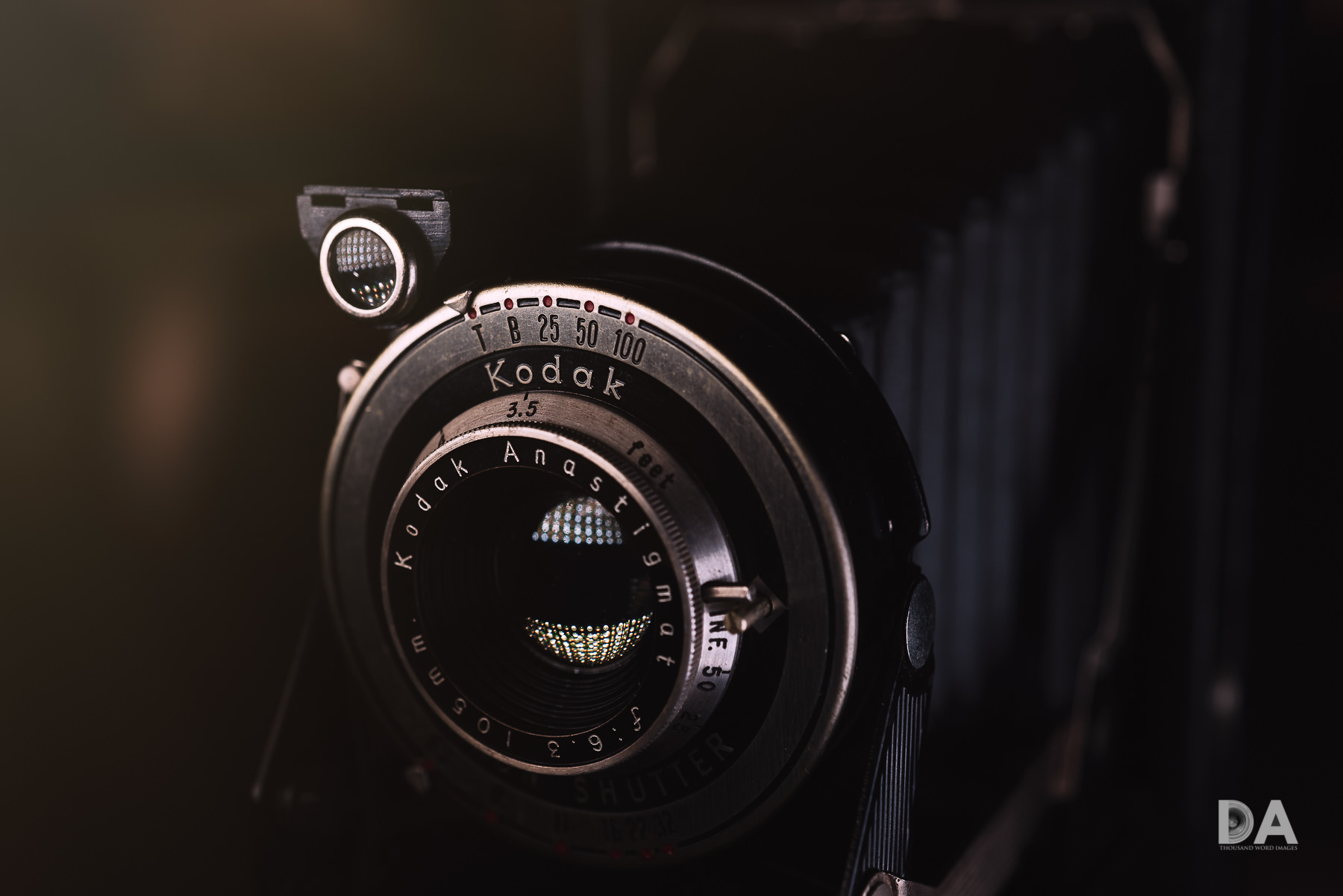
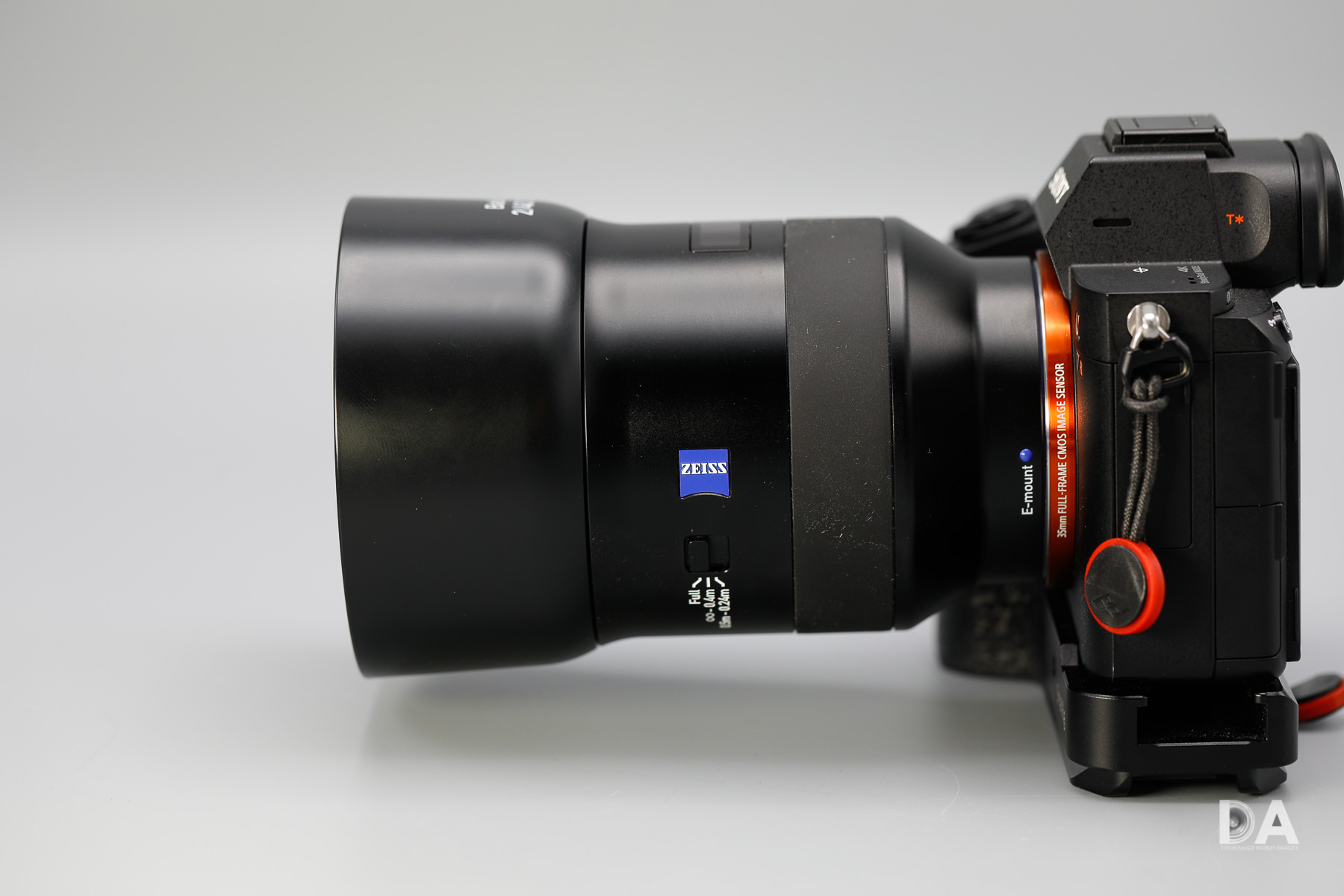
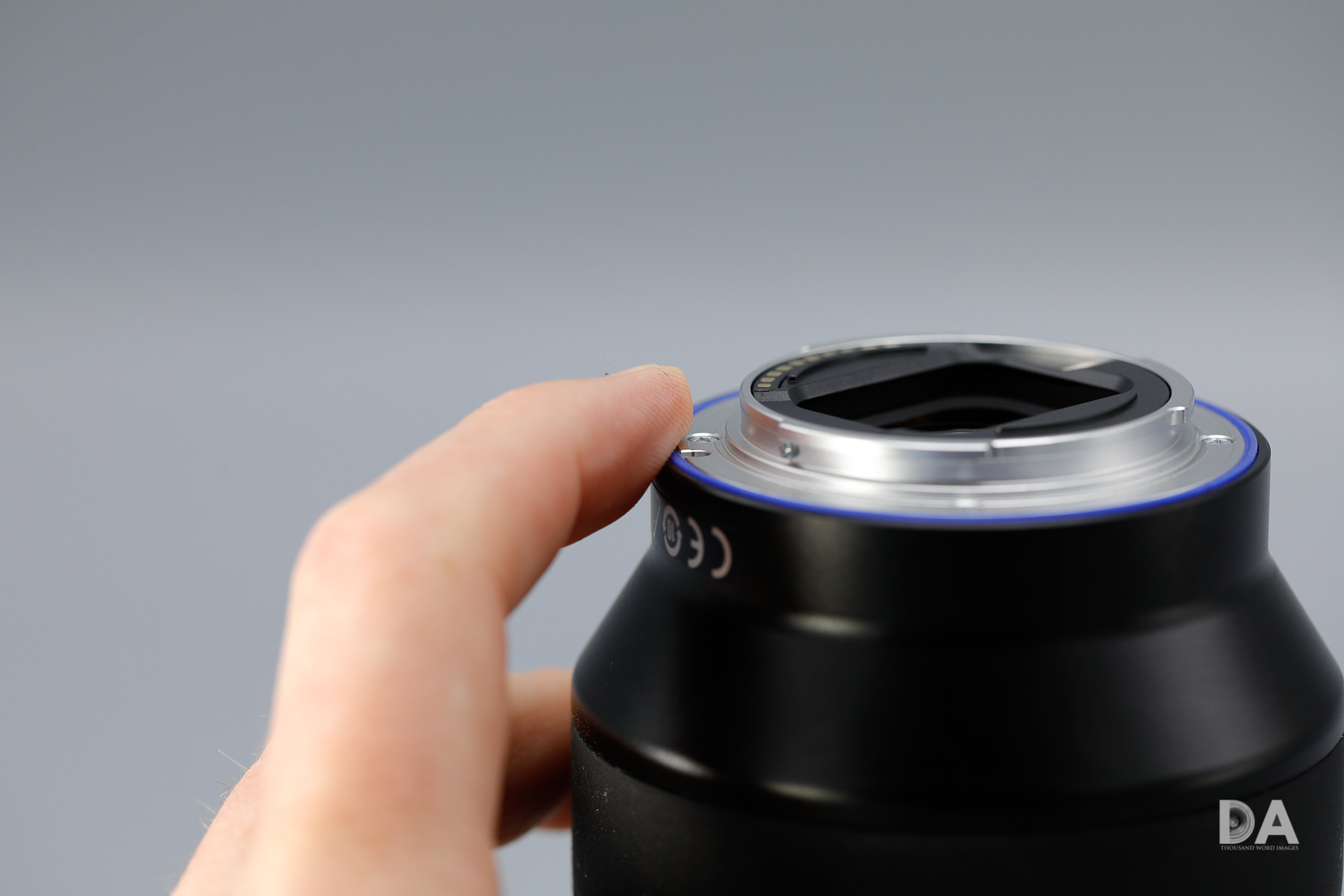
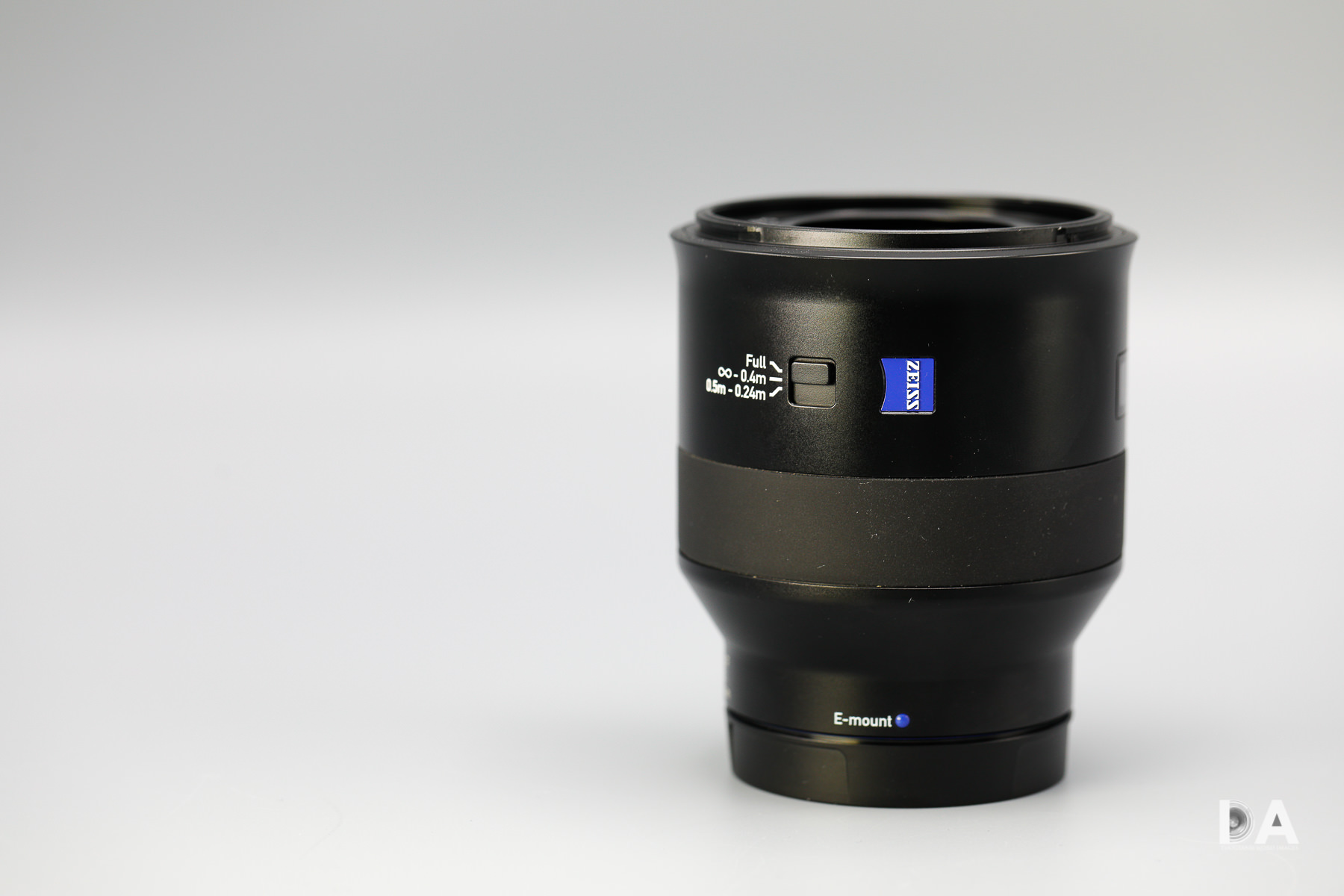




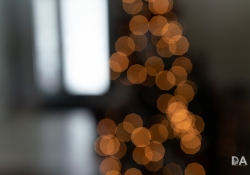

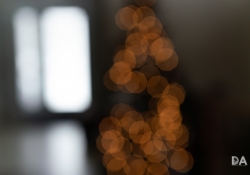
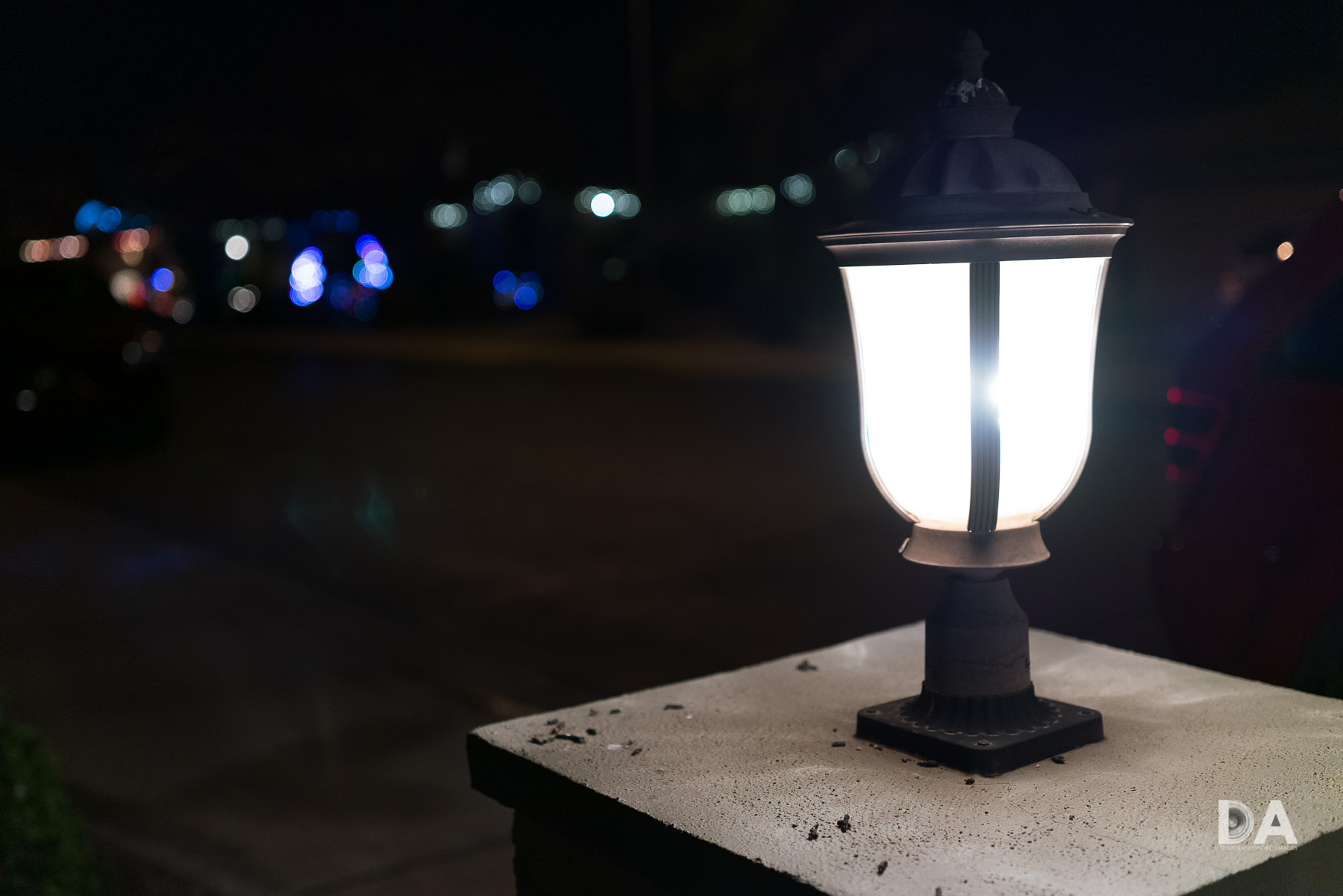

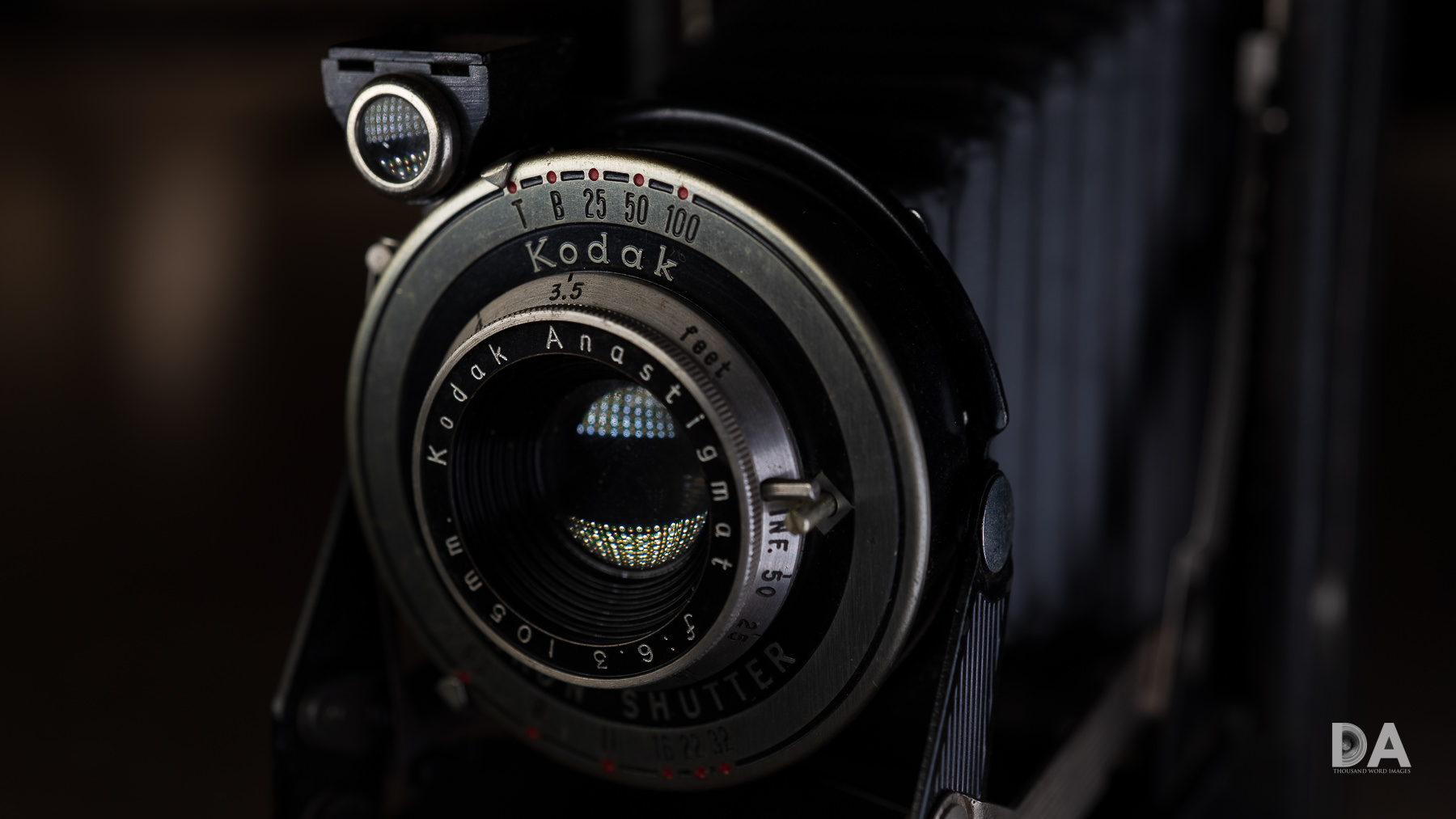
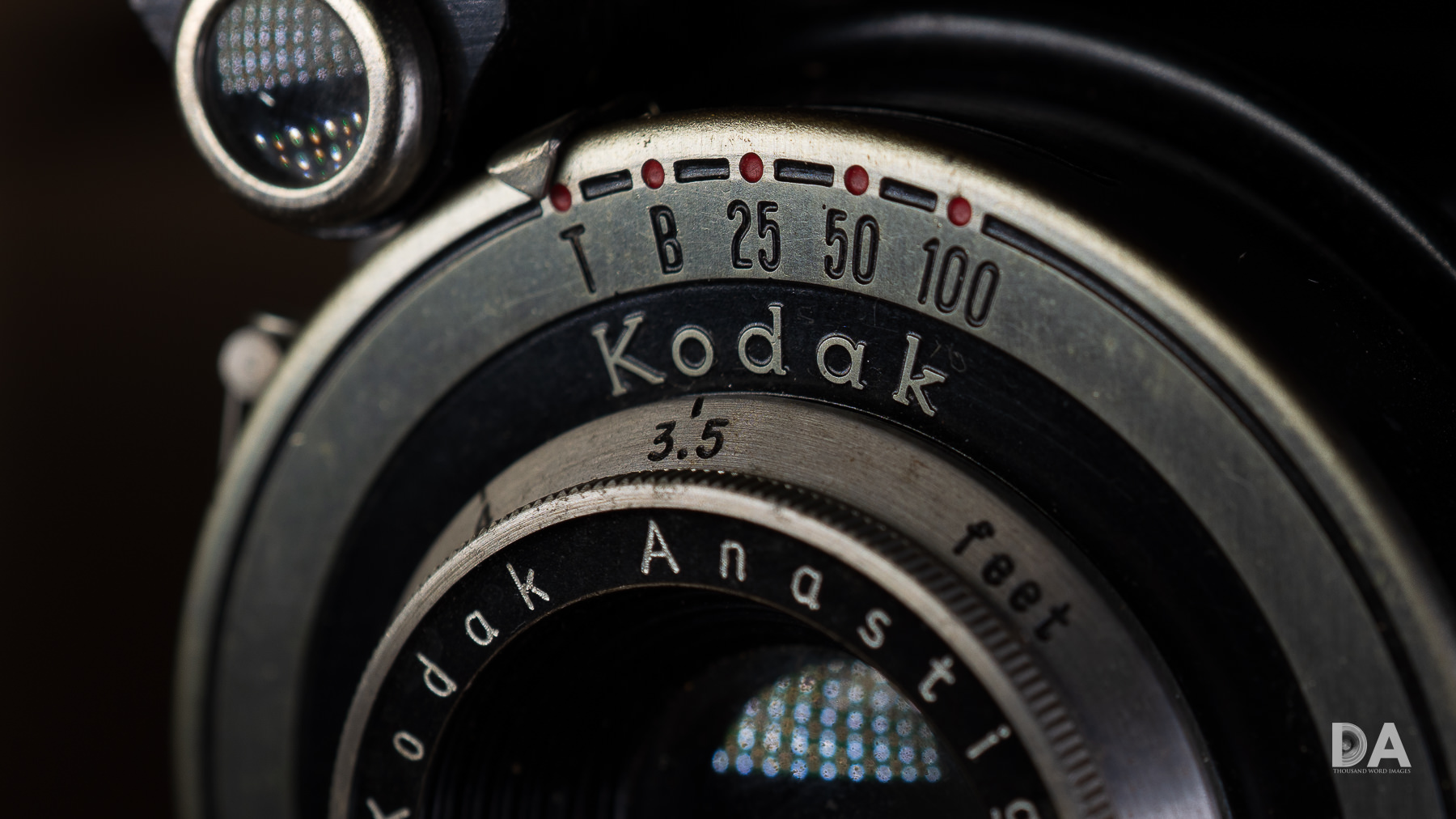
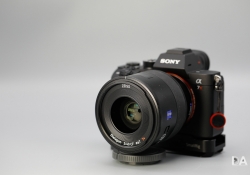
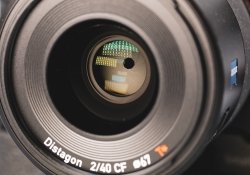
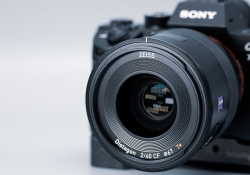
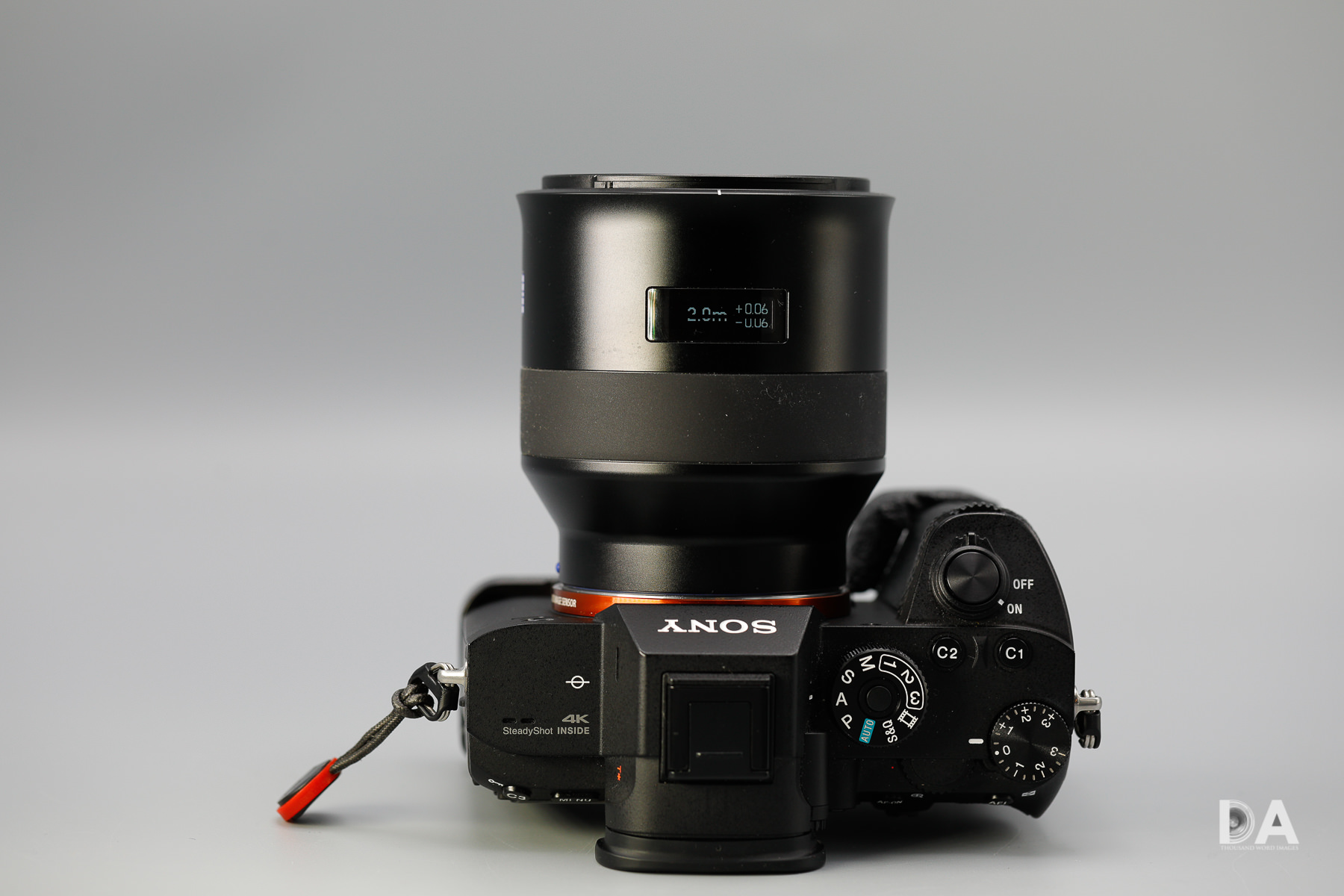
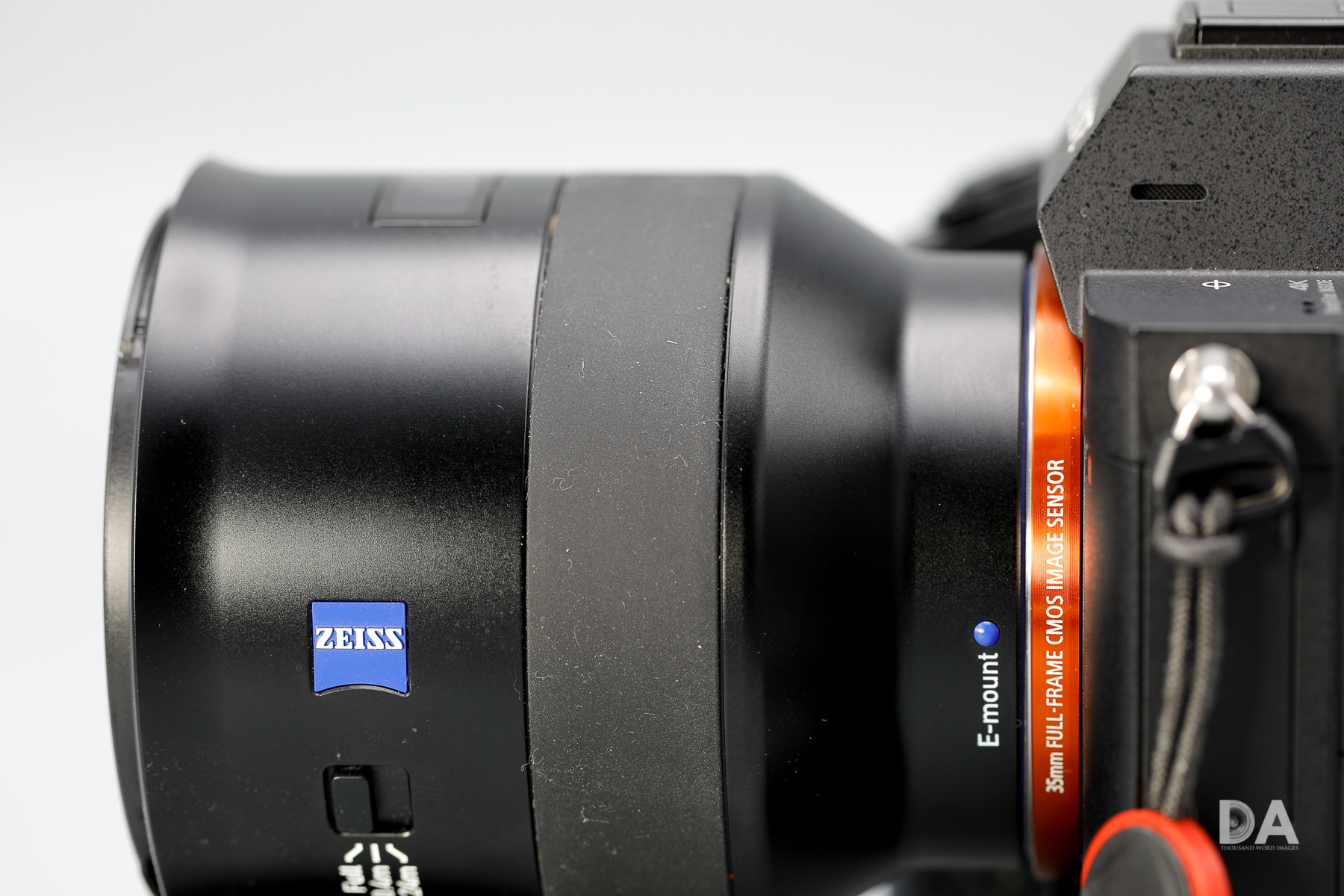

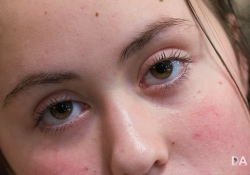



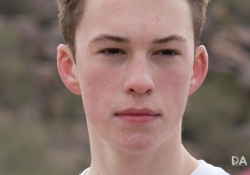



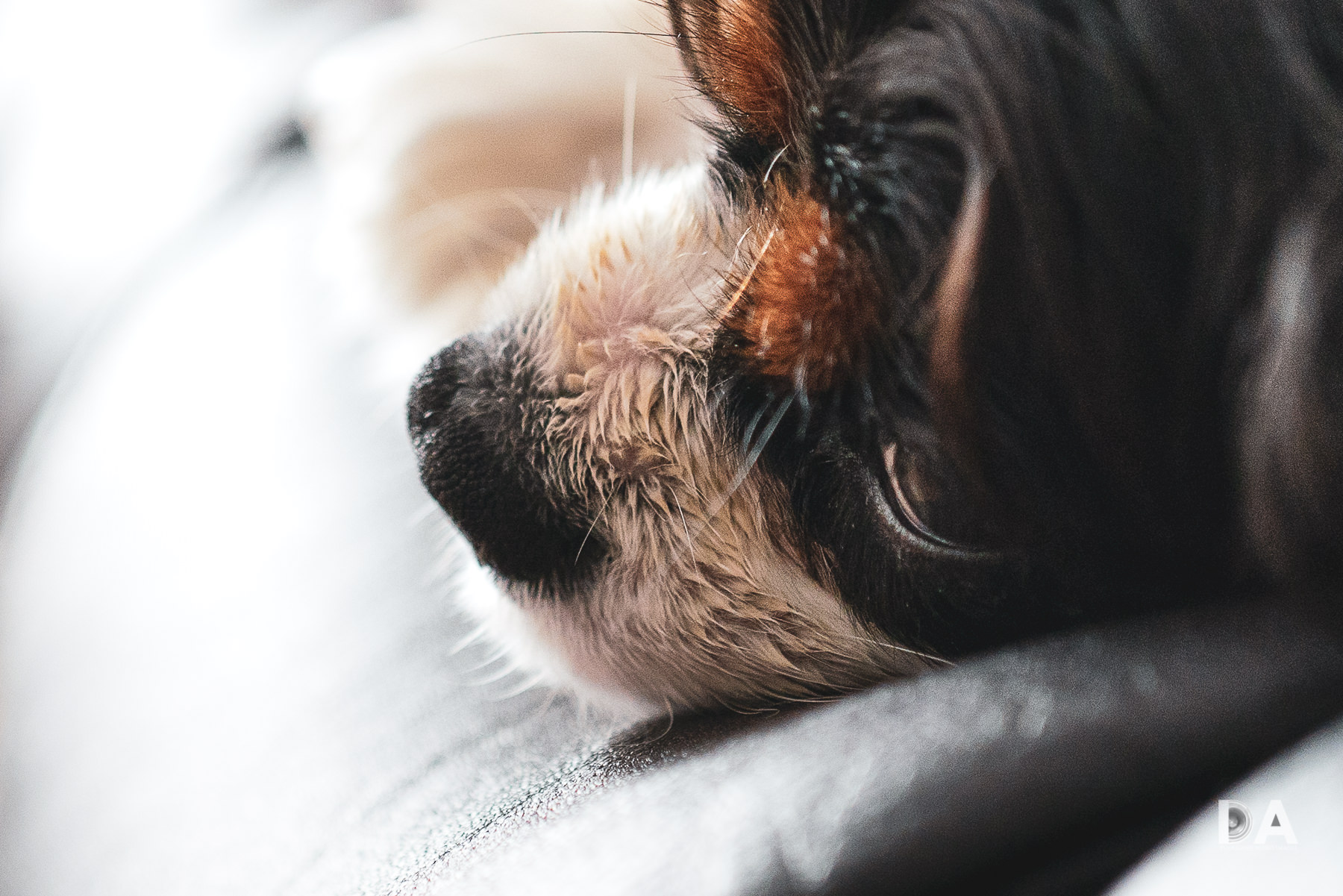





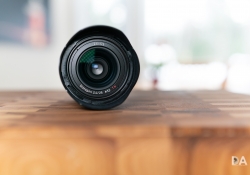






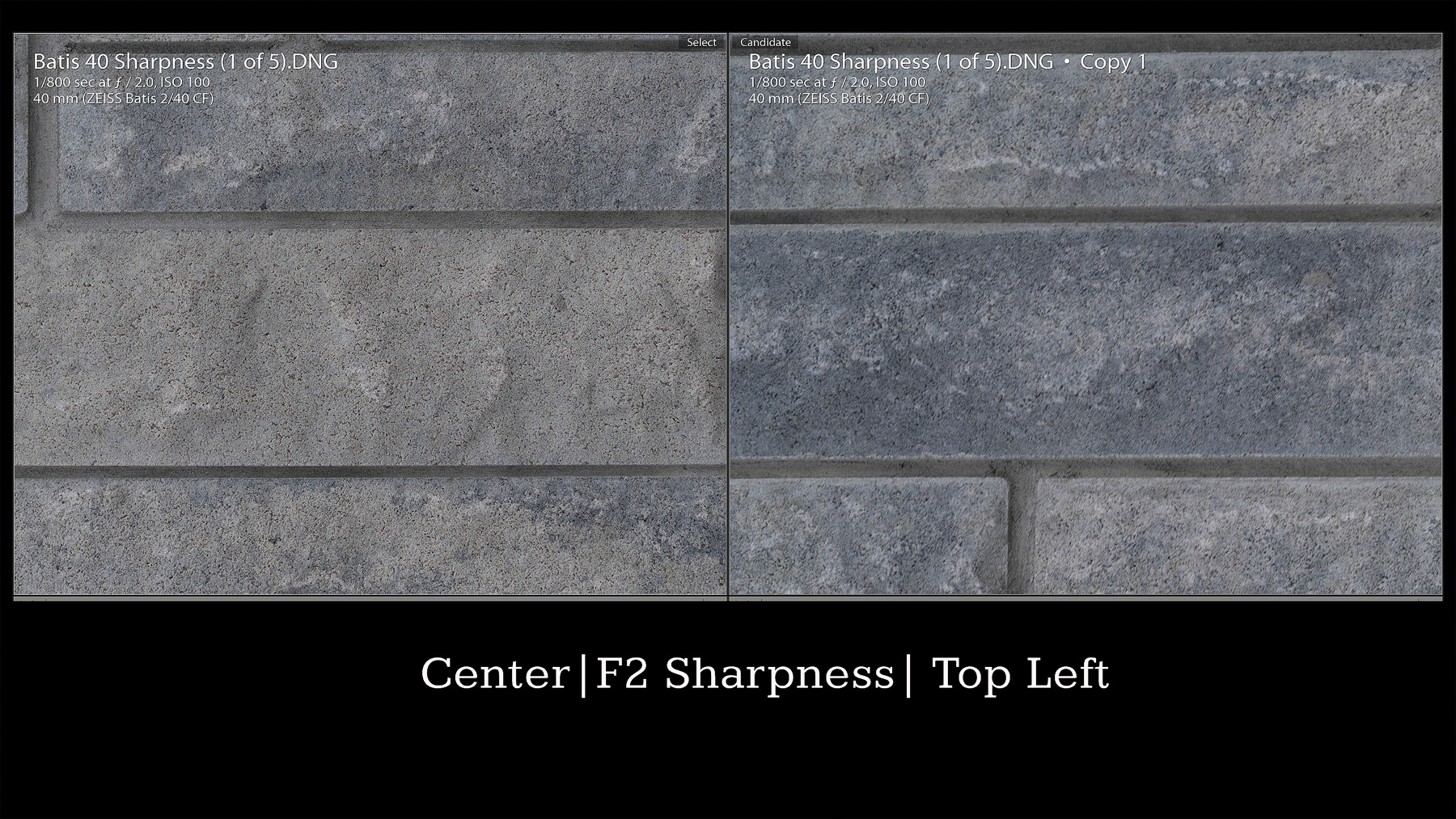
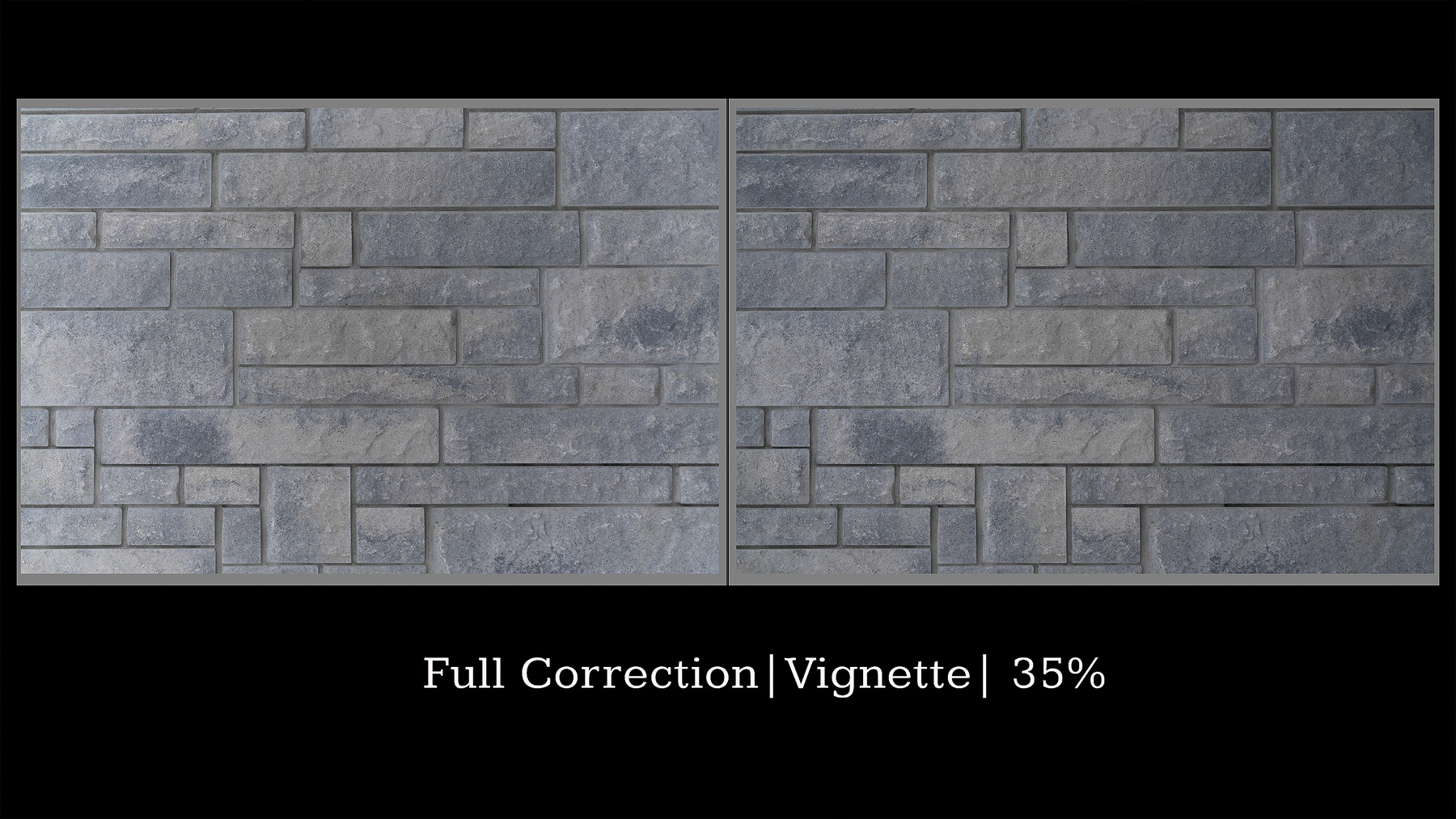

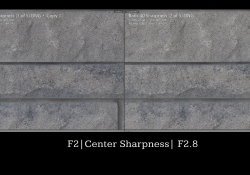
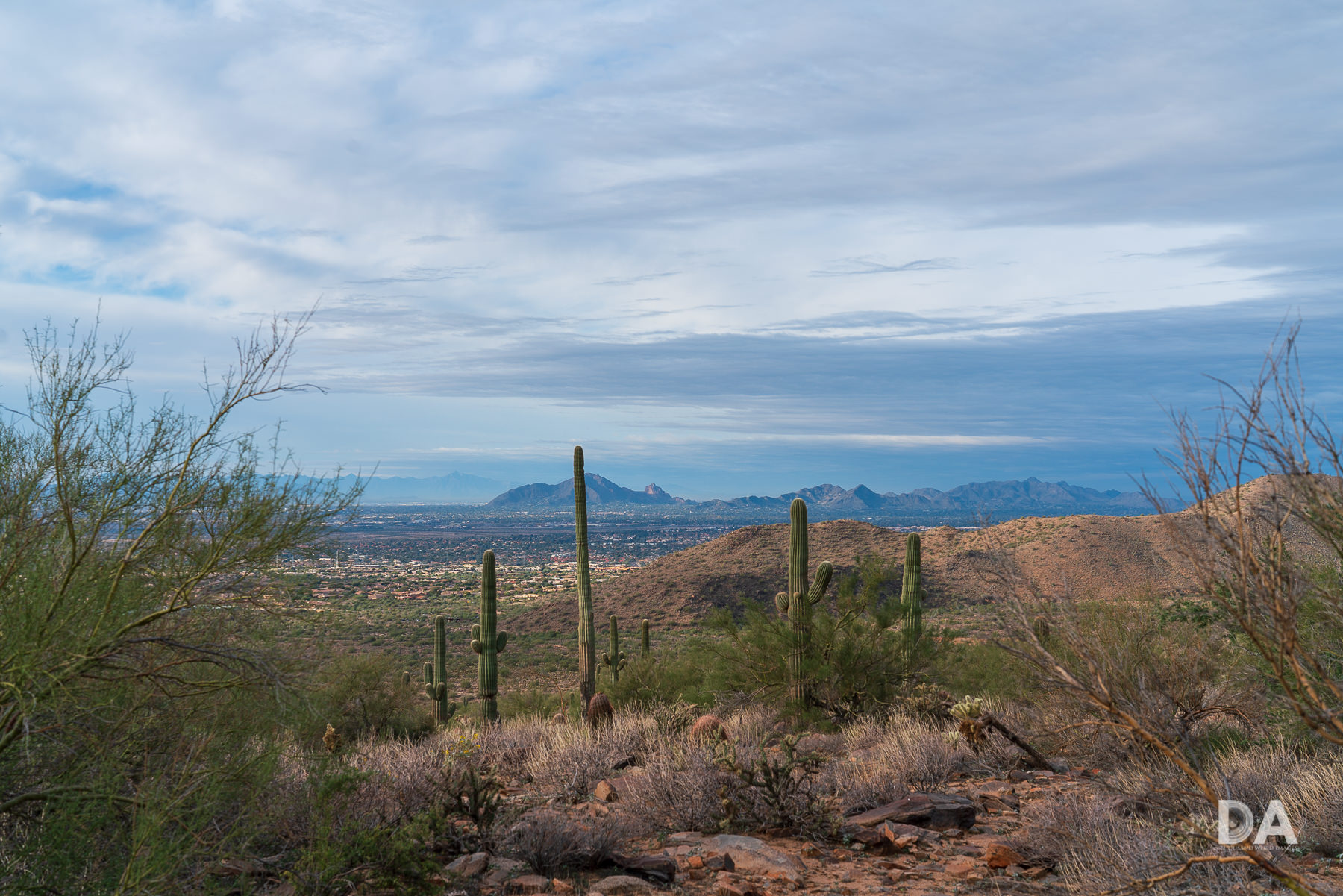
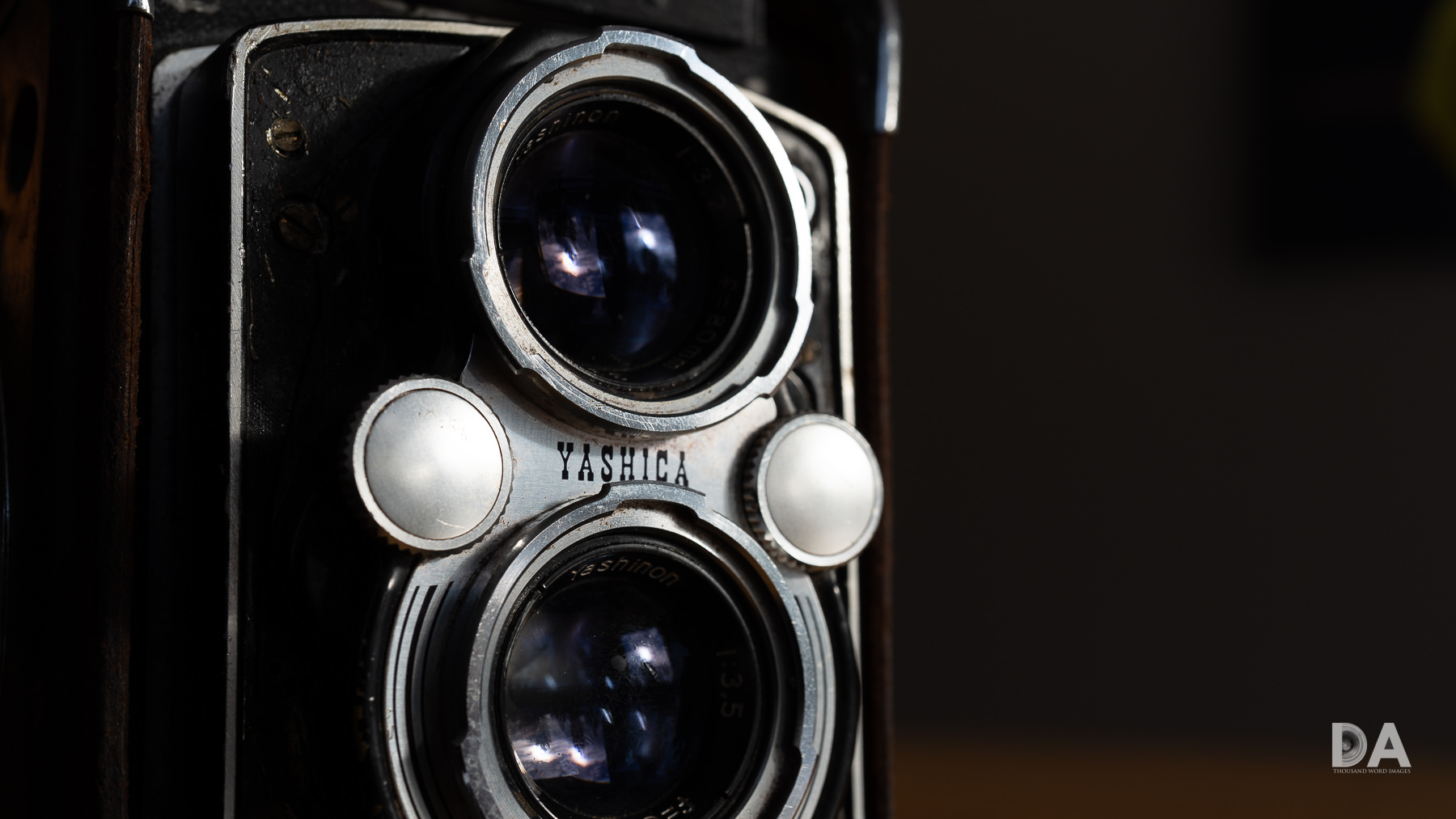
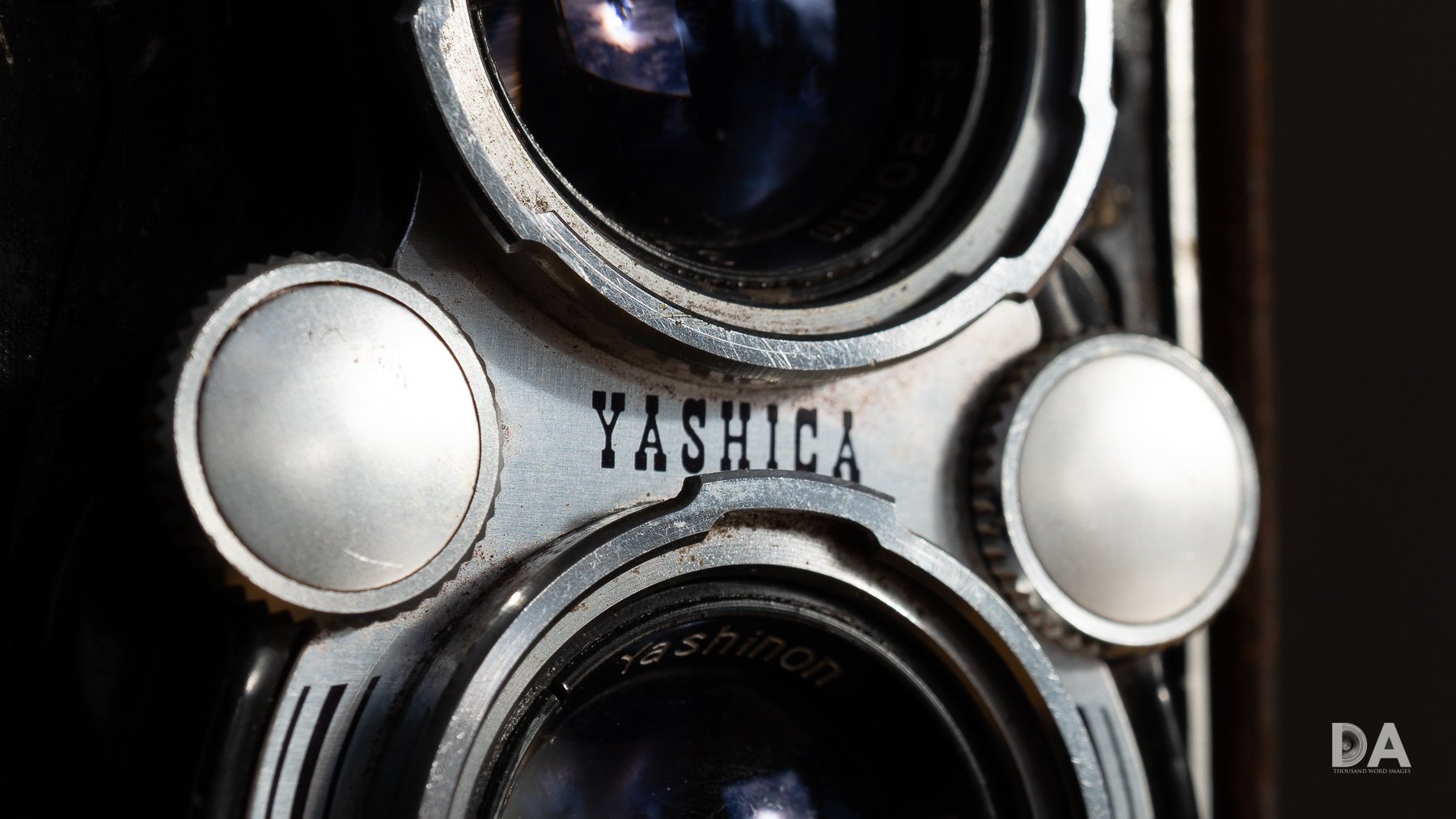

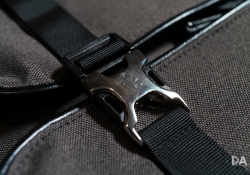
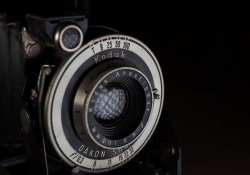
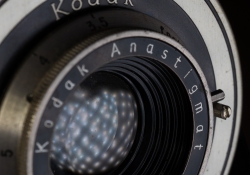






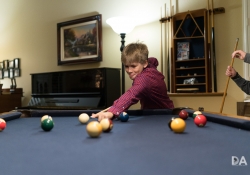


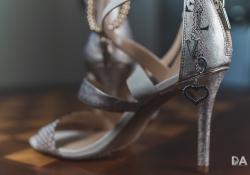
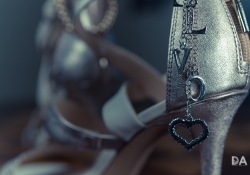

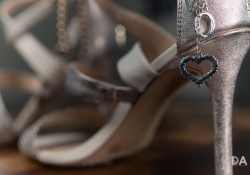

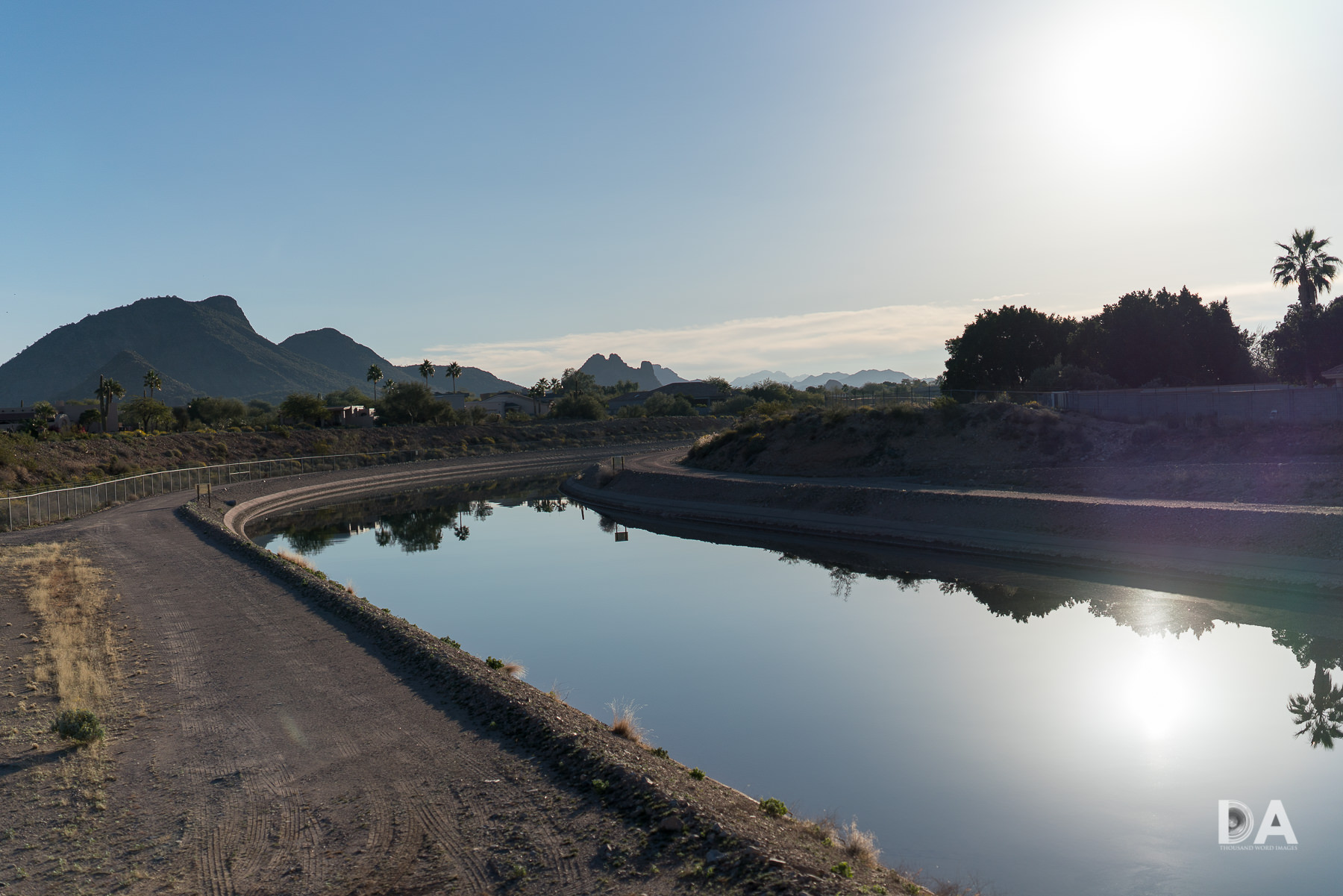

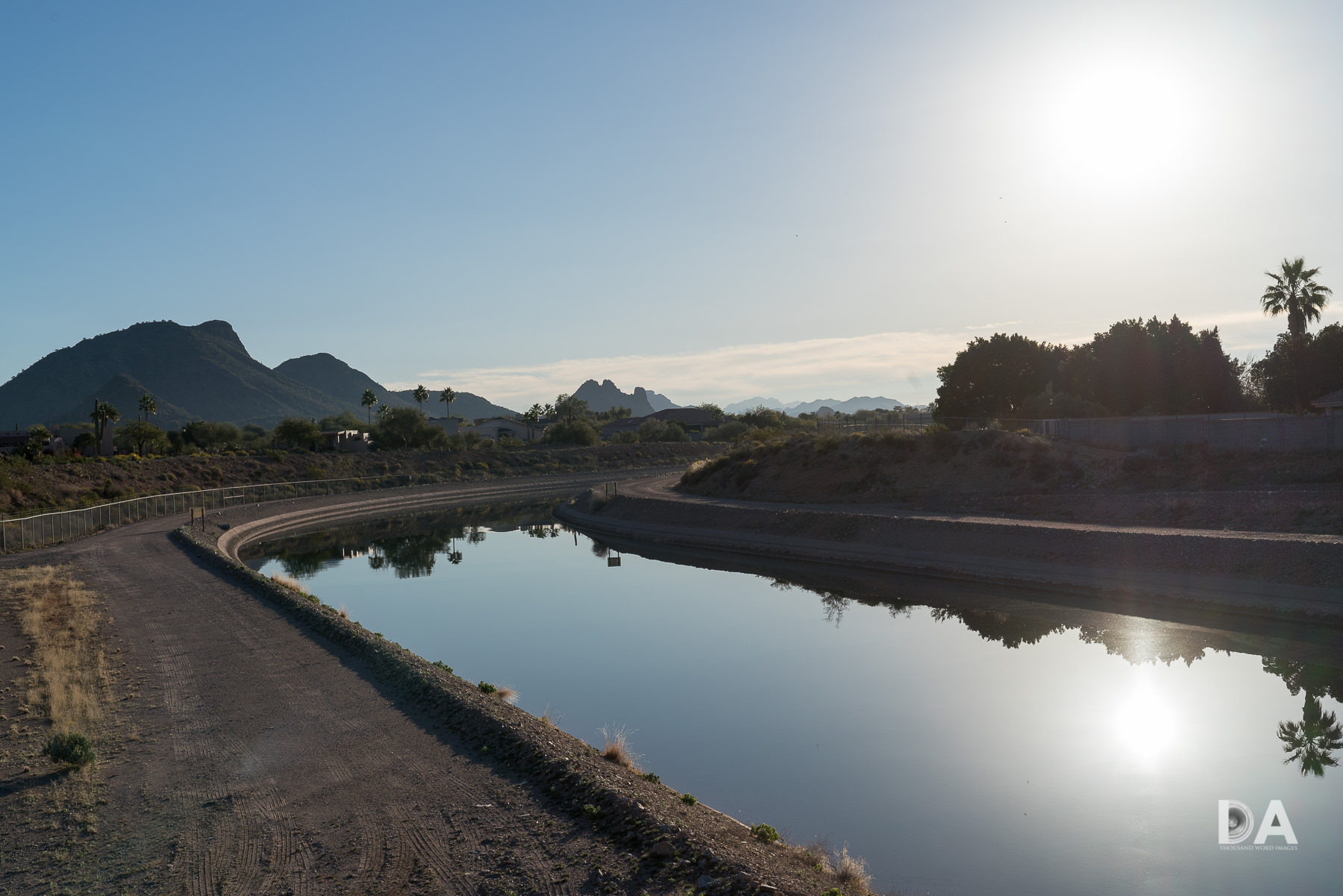







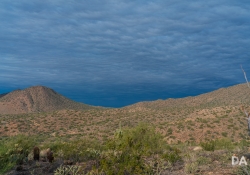




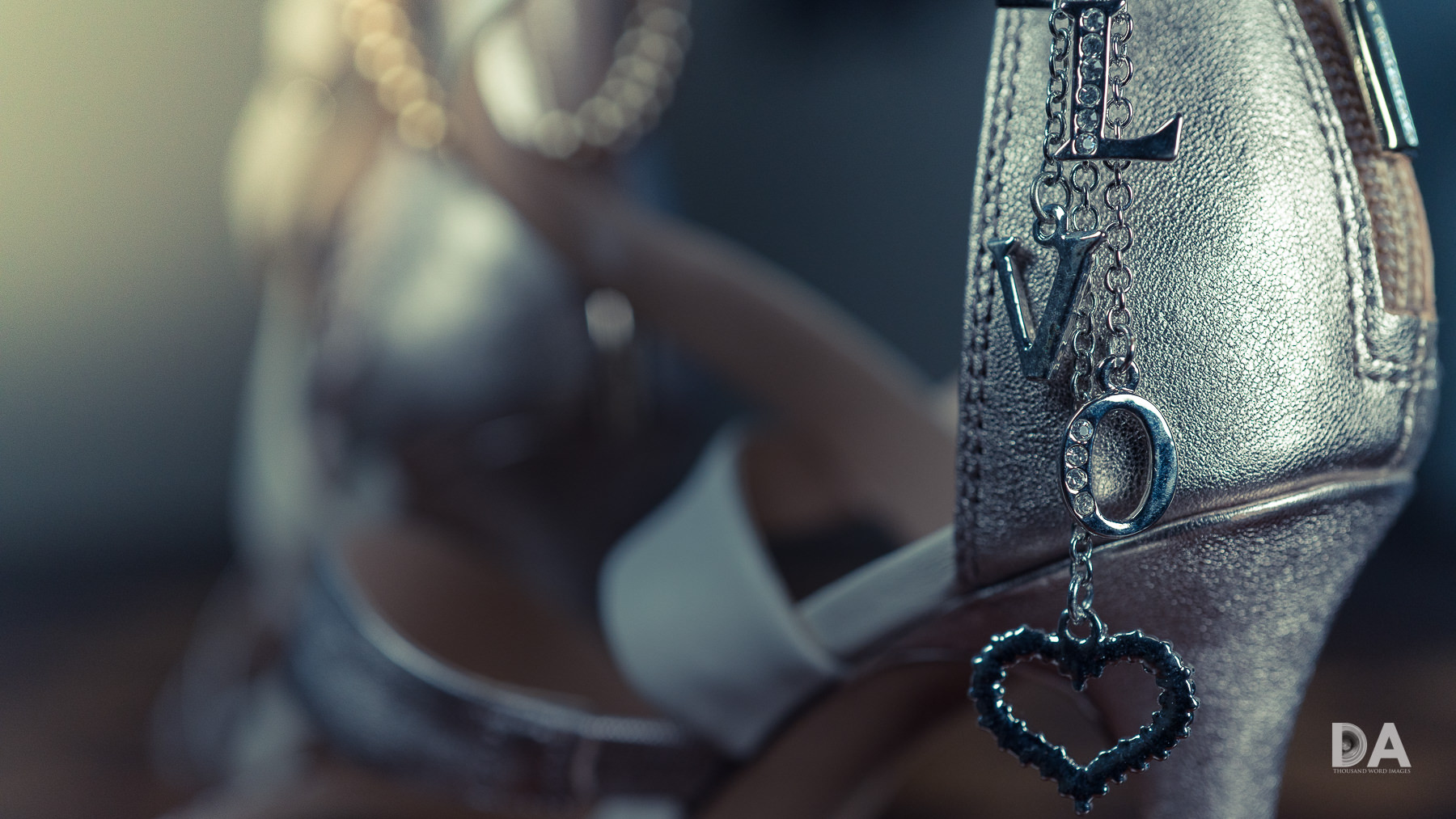






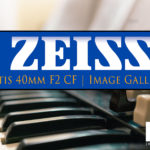



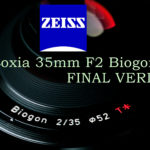
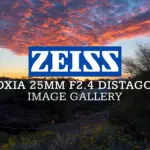
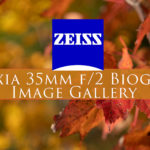
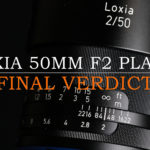
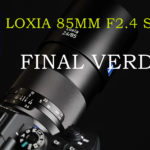

[…] 2109-02-12:Dustin Abbottがレビューを掲載しています。 […]
[…] Dustin Abbottがカールツアイス「Batis 2/40 CF」のレビューを掲載しています。 […]